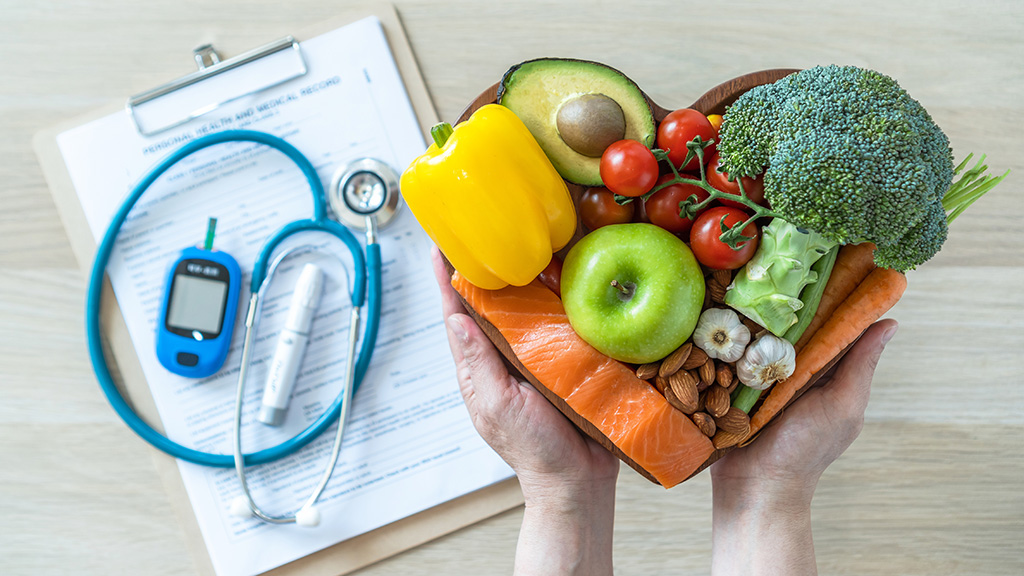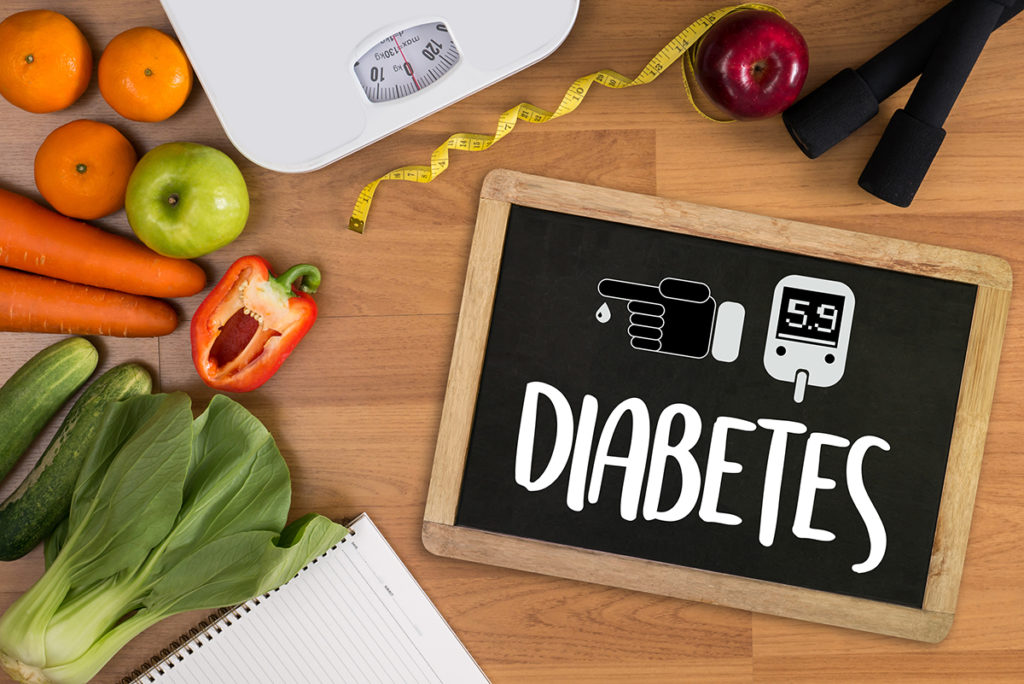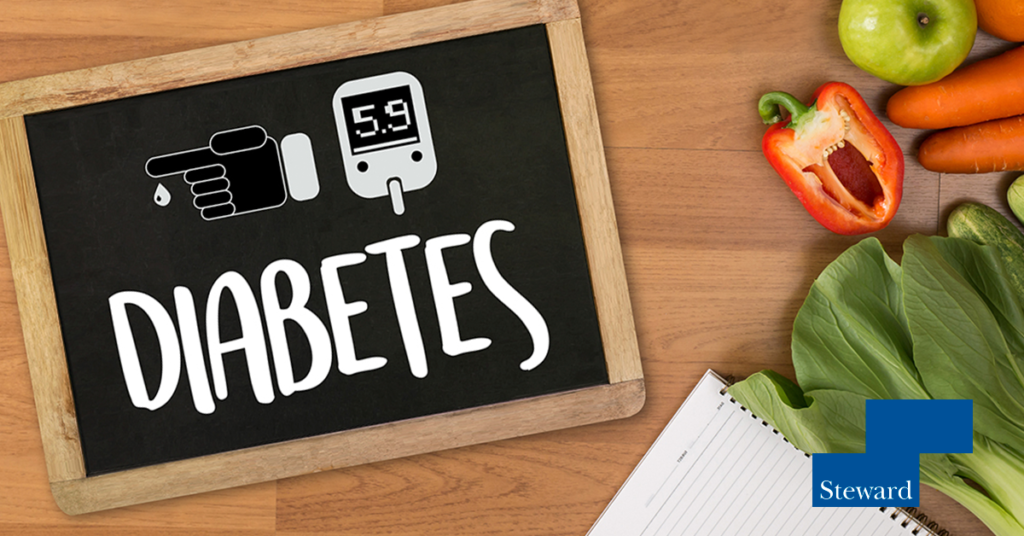Diabetes is a silent epidemic across our country. According to the Centers for Disease Control and Prevention, more than 37 million Americans are living with diabetes, 96 million have prediabetes, and one in four U.S. adults are unaware they have either. This disease, which can lead to life-threatening challenges like heart disease, vision loss, kidney disease, heart attacks, stroke, and lower limb amputation, is a prevalent health threat.
For many, diabetes is preventable and manageable. To talk more about this during Diabetes Awareness Month, we sat down with Steward experts Hagop Kojanian, MD, an endocrinologist at SMG Speciality Associates at Northwood, affiliated with Morton Hospital in Massachusetts; Linda Tominey, RN, a diabetes educator and the Director of Inpatient and Outpatient Diabetes Programs at Trumbull Regional Medical Center in Ohio; and Usma Ahmad, MD, an internal medicine specialist at Tempe St. Luke’s Hospital in Arizona. With years of experience treating diabetes and prediabetes patients, they are answering questions about diabetes, including tips on how to ensure better health outcomes.
So, what is diabetes?
Simply put, “it’s your body’s inability to convert food into energy,” said Dr. Ahmad. “Food is broken down into glucose molecules, which then require insulin. Glucose ‘knocks’ on the doors of cells, but cells can’t open if we don’t have insulin,” she explained. There are three main types of diabetes: type 1, type 2, and gestational diabetes (diabetes while pregnant). Additionally, some people have prediabetes, a condition where blood sugar levels are higher than normal but not high enough yet to be diagnosed as type 2 diabetes.
Both type 1 and type 2 diabetes affect how your body turns food into energy. But according to Dr. Kojanian, “the main difference between type 1 and type 2 is that type 1 patients are insulin-deficient, meaning their body does not have insulin.” He further explained that this differs from type 2 patients, who produce insulin, but their cells don’t respond normally to it. According to the CDC, approximately 90–95% of people with diabetes have type 2.
Symptoms and risk factors
As a diabetes educator, Linda Tominey knows it has sometimes taken months or years for her patients to notice they have diabetes or prediabetes. “But eventually, as the blood sugars rise over time, they’ll develop symptoms,” she said. “They’ll get tired, they’ll be thirsty, and they’ll have excessive urination.” Other symptoms include:
- Losing weight
- Blurry vision
- Numb or tingling hands or feet
- Sores that heal slowly
- More infections than usual
Each person, however, has a unique set of risk factors. Some factors are in your control, such as your diet, BMI, or sedentary lifestyle. However, others cannot be controlled, such as a family history of diabetes. Regardless of the cause, Linda stresses that talking to a doctor and regularly checking blood sugar are key to catching diabetes, especially prediabetes.
Treatment options
“When you are first diagnosed with diabetes, the first thing we’re going to discuss is lifestyle modifications,” said Dr. Ahmad. Things like diet, exercise, maintaining a healthy BMI, and managing your blood sugar levels will help you prevent diabetes-related complications. Your doctor may prescribe insulin, medications like metformin, or oral diabetes medicines to help manage your blood sugar.
Although diabetes is mostly treated by the patient and their lifestyle choices, Steward experts say it’s sometimes easier said than done. As Linda recognizes, there are a lot of factors, especially over the past couple of years, that are difficult to control: “We’re a nation that has a lot of processed foods. Everyone is eating on the run, and portion sizes are bigger.”
Furthermore, understanding the association between food assistance and diabetes is also particularly important given the continued rise of diabetes in the U.S. and the disproportionate burden that falls upon low-income individuals. According to Dr. Ahmad, asking a doctor or diabetes educator about local food banks in the area can help families locate affordable produce options. “When it comes to food, it’s all about quality, not quantity,” she said.
Why we celebrate National Diabetes Awareness Month
Knowledge is power when it comes to diabetes. “Celebrating this awareness month is important because it will remind people that this is a disease that, even if it’s not causing pain or discomfort in the moment, could affect you in the future if left untreated,” said Dr. Kojanian. This month, spreading awareness about the signs and risk factors and learning how to live healthier lifestyles can help us significantly lower our chances of developing diabetes.
To find a doctor or schedule an appointment, visit Steward DoctorFinder™.



